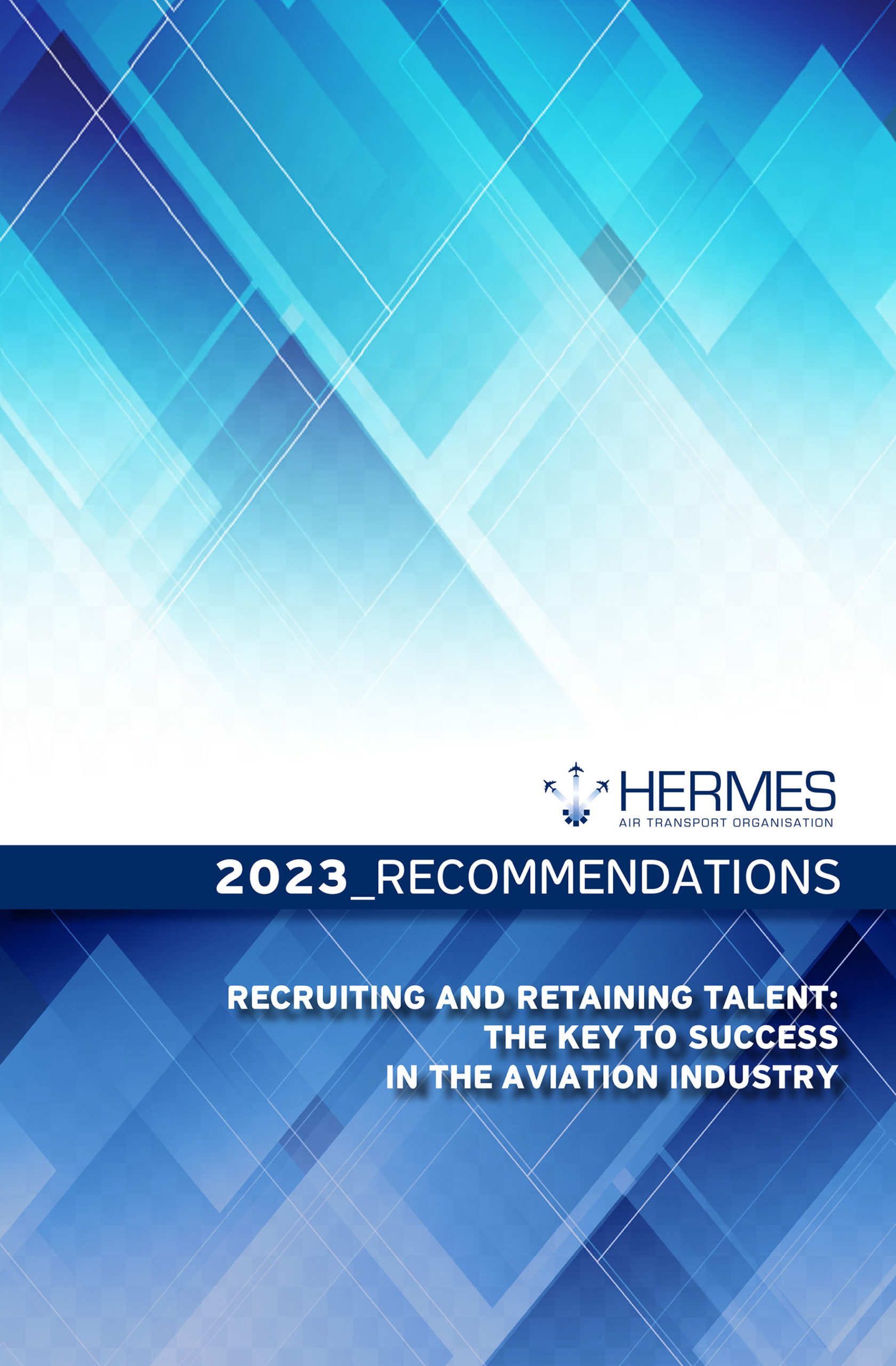A recent report by Oxford Analytics states that 2.3 million jobs have been lost across airlines, airports, and civil aviation groups since the outbreak of the covid-19 pandemic, a 21 percent reduction from pre-pandemic levels. Although employee layoffs conserved cash during the low points of the pandemic period, the decisions to reduce workforces have had longer term consequences. As travel restrictions eased and demand for air travel increased, sectors of the aviation industry have been confronted with severe staffing shortages, leading to reduced schedules, flight delays and cancellations, lost baggage, and disgruntled passengers.
It is evident that the aviation industry will have to hire and train extensively over the next several years to meet labor requirements. Moreover, aviation firms will need to retain existing employees, a difficult task given the preponderance of shift work and travel requirements in the industry. The labor shortage will require firms to be proactive in their approaches to hiring, training, and retaining workers. For example, United Airlines instituted its Aviate Academy to attract and train pilots, and this year successfully graduated its first class of fifty-one trainees. United views the Aviate Academy as a key resource in its efforts to hire 10,000 pilots by the end of the decade.
Aviation industry associations, including ACI World and the National Business Aviation Association (NBAA), have provided advice to their members on hiring and retaining workers. Broad guidelines outlined in industry publications include, carefully analyzing the competitive environment, addressing work-life balance concerns, and providing clear career paths for advancement. Many industry experts agree that compensation, alone, is insufficient to keep employees in the fold. “Quality of life is a big part of attracting and retaining good people.”
Industry specialists suggest that aviation firms will need to seek out a more diverse workforce to meet labor requirements. Pilots in the US, for example, are predominantly male and overwhelmingly White. Clearly, drawing talent from a more diverse population can help alleviate labor shortages in the industry.
Given the importance of hiring and retaining talent in the aviation industry, Hermes Air Transport Organisation invites you to participate in the dialog by addressing the following questions:
1. How can the aviation industry attract new employees? What advice can you provide to your constituent firms and organisations for successfully attracting talent, given stiff competition from many other industries?
2. How can the aviation industry retain its current employees? What advice can you provide to firms and organisations to ensure that personnel have the necessary skills to advance the industry in the 21st century?
3. How can industry associations work together with aviation firms and other stakeholders to ensure that the industry attracts and retains talent from a diverse employment pool?
1 https://www.ft.com/content/93736968-8fcf-425f-b8e5-fcd9736d37f6
2 https://simpleflying.com/united-airlines-aviate-academy-celebrates-first-graduating-class/
3 For example, see the ACI World’s recent publication, The Evolution of the Airport Workforce: Turning Challenges into Opportunities White Paper.
4 Greg Adams, director of operations at Jen-Air LLC, https://nbaa.org/professional-development/workforce-initiatives/strategies-retaining-skilled-business-aviation-professionals/.
5 For example, it has been reported that 92% of airline pilots in the U.S. are male, while 93% are White. See: https://www.floridatechonline.com/blog/aviation-management/increasing-diversity-in-aviation-why-and-how/.
Introduction
Interview
Position Papers
- R23-PP/01 – ACI World
- R23-PP/02 – ERA
- R23-PP/03 – ALTA
- R23-PP/04 – CANSO
- R23-PP/05 – AFCAC
- R23-PP/06 – A4A
- R23-PP/07 – ASA
- R23-PP/08 – ACAO
- R23-PP/09 – IFATSEA

